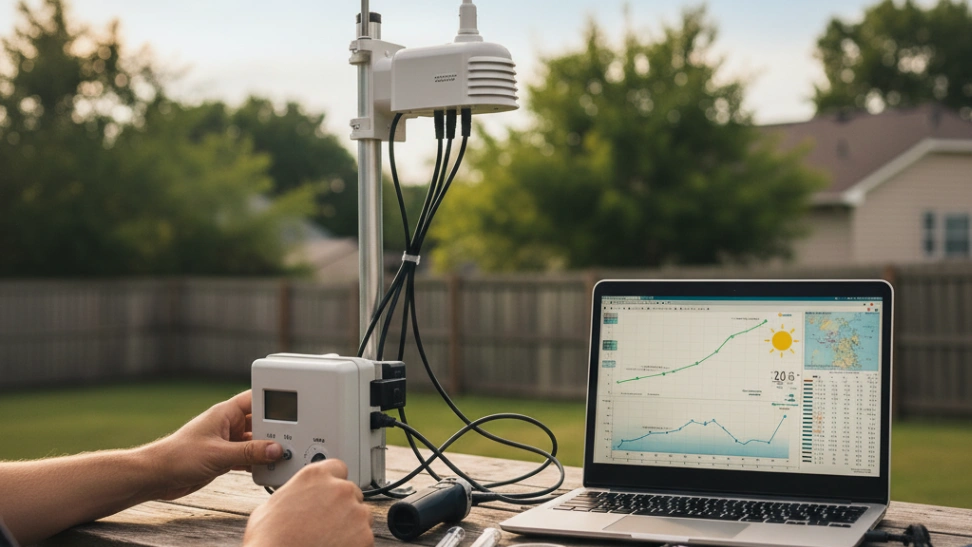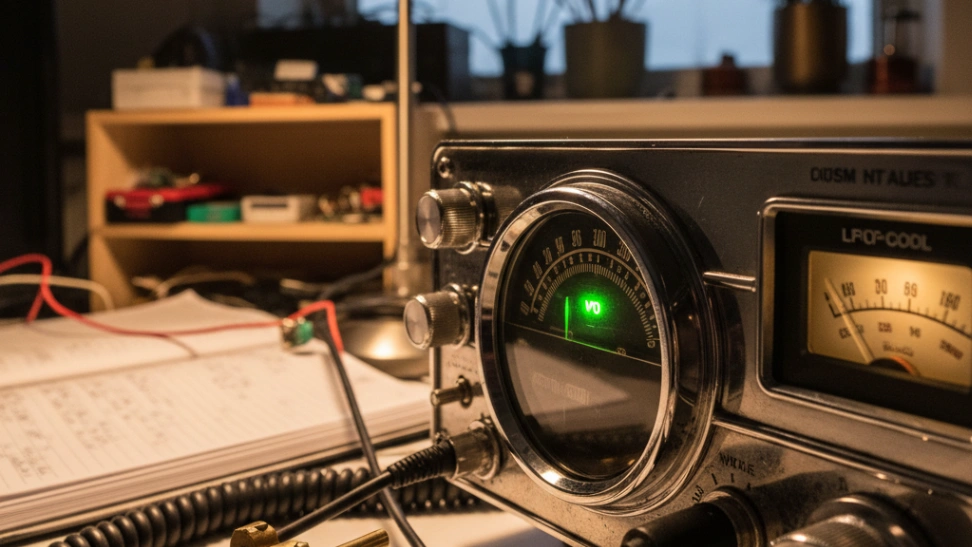The most common form of 3D printing for hobbyists is Fused Deposition Modeling (FDM). An FDM printer works by extruding a thermoplastic filament, such as PLA (Polylactic Acid) or ABS (Acrylonitrile Butadiene Styrene), through a heated nozzle. This molten plastic is then precisely deposited onto a build plate, following the instructions of a digital 3D model. Each subsequent layer is laid down on top of the previous one, gradually building up the object from the bottom to the top. This process requires careful calibration of temperatures, print speeds, and layer heights to ensure proper adhesion and a high-quality finish. Before printing, a digital 3D model, created using CAD (Computer-Aided Design) software or downloaded from online repositories, is "sliced" into hundreds or thousands of horizontal layers by a specialized program. This "slicer" software generates the G-code, a set of instructions that tells the printer exactly where to move, how much material to extrude, and at what temperature, transforming a virtual design into a physical reality with remarkable precision and detail.
The origins of 3D printing trace back to the early 1980s, primarily driven by the need for rapid prototyping in industrial design. The first patent for stereolithography (SLA), a process that uses UV light to cure liquid resin layer by layer, was granted to Charles "Chuck" Hull in 1986, who also co-founded 3D Systems. Hull's invention marked the birth of additive manufacturing as we know it. Simultaneously, Scott Crump, co-founder of Stratasys, developed Fused Deposition Modeling (FDM) in the late 1980s, patenting it in 1989. While these early technologies were largely confined to industrial applications due to their complexity and prohibitive cost, the landscape began to shift dramatically with the advent of the open-source movement. The RepRap (Replicating Rapid Prototyper) project, initiated in 2005 by Dr. Adrian Bowyer at the University of Bath, aimed to create a self-replicating 3D printer, making the technology accessible and affordable for the masses. This initiative fostered a vibrant community of developers and enthusiasts who collaboratively improved and shared designs, leading to the proliferation of consumer-grade desktop 3D printers in the 2010s. The expiration of key FDM patents also significantly lowered barriers to entry, paving the way for numerous manufacturers to produce low-cost printers, transforming 3D printing from an industrial tool into a pervasive hobby and educational instrument for countless individuals worldwide.
The creative potential of 3D printing is virtually limitless, making it an incredibly versatile hobby. Enthusiasts use their printers for an astounding array of projects, from practical household fixes to intricate artistic endeavors. You can print custom-designed enclosures for electronics, create unique organizational tools, or even fabricate replacement parts for broken appliances, often saving money and reducing waste. Artists and designers leverage 3D printing to produce complex sculptures, jewelry prototypes, and bespoke cosplay props with details impossible to achieve through traditional manufacturing methods. Miniature enthusiasts can generate highly detailed figures for tabletop gaming or display, while educators use them to create interactive learning aids for science and engineering concepts. The ability to iterate quickly on designs, making adjustments and printing new versions within hours, fosters a rapid prototyping mindset that is invaluable for problem-solving and innovation. Furthermore, the collaborative spirit within the 3D printing community means a vast library of free, downloadable designs is readily available, allowing beginners to start printing exciting objects immediately and experienced users to build upon others' innovations.
The 3D printing community is one of its most vibrant assets, characterized by an open sharing of knowledge, designs, and troubleshooting tips across various online platforms. Forums, subreddits, and dedicated websites like Thingiverse, Printables, and MyMiniFactory serve as bustling hubs where millions of designs are shared freely, fostering a culture of collaborative innovation. This spirit extends to helping beginners overcome common challenges, making the initial learning curve feel less daunting. As technology continues to advance, the future of 3D printing promises even greater accessibility, material diversity, and application breadth. We can anticipate more user-friendly interfaces, multi-material printing capabilities, faster print speeds, and increasingly sophisticated desktop machines capable of producing higher quality and more complex objects. The integration of artificial intelligence for design optimization and automated troubleshooting also looms on the horizon, further empowering hobbyists to push the boundaries of what's possible with this fascinating and ever-evolving technology.



